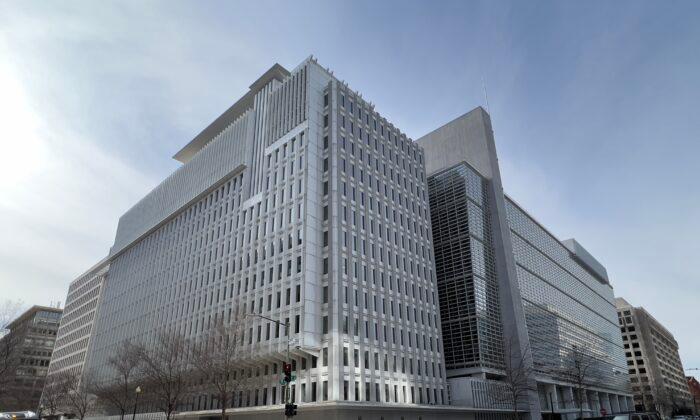The World Bank said that Asian economies are beginning to lose steam after making a recovery from the pandemic.
Across the Asia-Pacific region, the report said that countries are expected to experience annual economic growth of 5.1 percent in 2023, up 3.5 percent from last year.
However, China, the world’s second-largest economy, is expected to see its growth decline, to 4.9 percent, this year, after growing 5.8 percent in 2022.
China Expects to See a Slower Recovery in 2023
Chinese economic growth has slowed in the longer term, despite bouncing back from the disruptions caused by the pandemic, said the writers of the report.However, the World Bank predicted that gains in Chinese domestic consumption would put “moderate upward pressure” on inflation and is expected to rise to 2.6 percent in 2023 from 2 percent a year ago.
Regional growth is expected to pick up this year after the China relaxed pandemic-related restrictions on travel and other activities.
Massive unrest and protests broke out in China late last year after Beijing ordered draconian lockdowns in some of its major industrial regions, resulting in a slowdown in its economy.
Outside of mainland China, other Asian economies are expected to see a reduction in growth, as inflationary pressures and growing household expenses slow consumer spending, said the study.
“Most major economies of East Asia and the Pacific have come through the difficulties of the pandemic, but must now navigate a changed global landscape,” said Manuela V. Ferro, the World Bank’s vice president for East Asia and Pacific.
“To regain momentum, there is work left to do to boost innovation, productivity, and to set the foundations for a greener recovery,” he said.
Demand for exports from the Asia-Pacific region have slowed since the Federal Reserve and other central banks raised interest rates to fight high inflation, causing exports from the region to fall, while credit and mortgage rates have soared.Some economists reduced their expectations of growth in the Asia-Pacific region this year, as the tighter monetary policies by the central banks may spark recessions in the West and other major economies.
Many countries in the region are grappling with onerous debt loads after spending heavily during the pandemic, while households also borrowed heavily.
“Once pent-up demand from post-lockdown fades, we think that Asian economies will settle at lower GDP growth and higher inflation than our pre-pandemic forecasts,” Sung Eun Jung of Oxford Economics said in a report.
The region has made serious efforts to alleviate poverty, but progress toward higher wages and reduced inequality have stalled because of the lack of reforms and lower productivity gains, the World Bank said.
Calls Are Made for Improving Relations Between Russia and the West
The World Bank called declining relations between China and the United States the “most immediate challenge” for the region.
“Politics, rather than economic fundamentals and predictable rules, are molding trade patterns, and the resulting uncertainty could discourage investment in other countries,” said the report.
Meanwhile, the international lender said it opposed any restrictions on technology flows from the West to Beijing, claiming that it hurt global access to knowledge.
“While still small compared to the advanced economies like the United States, China has become an increasingly important source of knowledge for innovation in other East Asia and Pacific countries,” the World Bank added.
It also called for countries to promote policies that increase growth and to participate in international agreements with the world’s two largest economies without staying inside an exclusive trade bloc.
Referring to concerns about the spread of the banking crisis from the United States and Europe, the World Bank said that the strength of the East Asian and Pacific financial sector “has not so far been impacted, but there are potential risks through direct of indirect exposure to losses.”
“Publicly available indicators show adequate overall capital levels and low nonperforming loans for most countries in the region,” said the report and that “financial sector health is so far sound in East Asia Pacific.”
The Associated Press contributed to this report.





